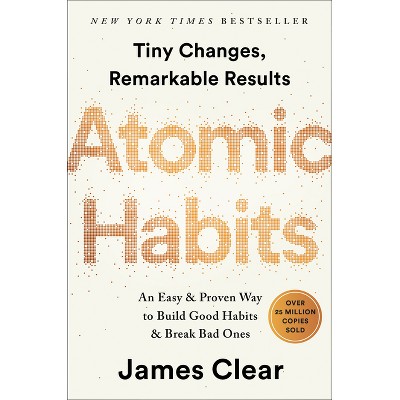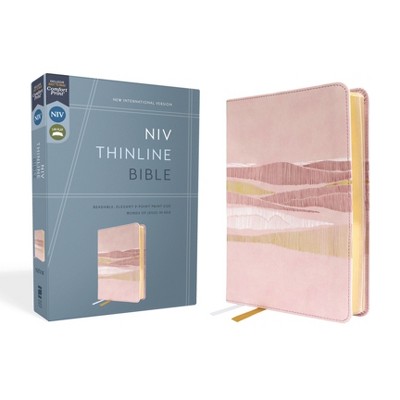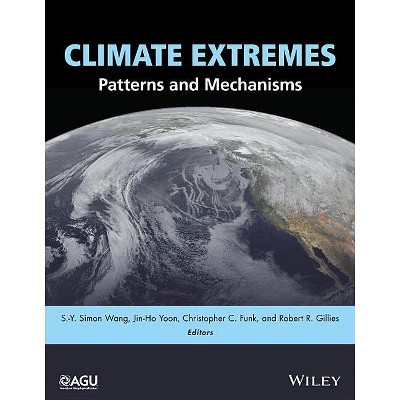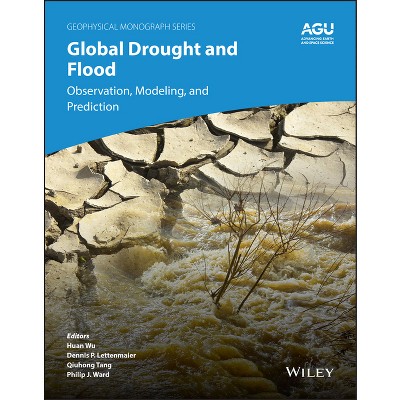Fast Processes in Large-Scale Atmospheric Models - (Geophysical Monograph) by Yangang Liu & Pavlos Kollias (Hardcover)

About this item
Highlights
- Improving weather and climate prediction with better representation of fast processes in atmospheric models Many atmospheric processes that influence Earth's weather and climate occur at spatiotemporal scales that are too small to be resolved in large scale models.
- About the Author: Yangang Liu, Brookhaven National Laboratory, USA.
- 480 Pages
- Science, Earth Sciences
- Series Name: Geophysical Monograph
Description
About the Book
"Computer models are the key tools used to predict climate and weather conditions, and the changes associated with human activities. Many physical processes that influence Earth's climate and weather occur on spatial scales shorter than typical global climate model grid sizes, and these processes must be parameterized in large scale models, e.g., microphysics, convection, boundary layer processes, radiation, subgrid variability, and process interactions. These subgrid processes are collectively called fast physics. Fast Physics in Large Scale Atmospheric Models: Parameterization, Evaluation, and Observations focuses on development of these so-called fast physics parameterizations and evaluates them against observations which are essential to climate studies and model development, requiring integration from observations to theories to models."--Book Synopsis
Improving weather and climate prediction with better representation of fast processes in atmospheric models
Many atmospheric processes that influence Earth's weather and climate occur at spatiotemporal scales that are too small to be resolved in large scale models. They must be parameterized, which means approximately representing them by variables that can be resolved by model grids.
Fast Processes in Large-Scale Atmospheric Models: Progress, Challenges and Opportunities explores ways to better investigate and represent multiple parameterized processes in models and thus improve their ability to make accurate climate and weather predictions.
Volume highlights include:
- Historical development of the parameterization of fast processes in numerical models
- Different types of major sub-grid processes and their parameterizations
- Efforts to unify the treatment of individual processes and their interactions
- Top-down versus bottom-up approaches across multiple scales
- Measurement techniques, observational studies, and frameworks for model evaluation
- Emerging challenges, new opportunities, and future research directions
The American Geophysical Union promotes discovery in Earth and space science for the benefit of humanity. Its publications disseminate scientific knowledge and provide resources for researchers, students, and professionals.
From the Back Cover
Fast Processes in Large-Scale Atmospheric Models
Progress, Challenges, and Opportunities
Many atmospheric processes that influence Earth's weather and climate occur at spatiotemporal scales that are too small to be resolved in large scale models. They must be parameterized, which means approximately representing them by variables that can be resolved by model grids.
Fast Processes in Large-Scale Atmospheric Models: Progress, Challenges, and Opportunities explores ways to better investigate and represent multiple parameterized processes in models and thus improve their ability to make accurate climate and weather predictions.
Volume highlights include:
- Historical development of the parameterization of fast processes in numerical models
- Different types of major sub-grid processes and their parameterizations
- Efforts to unify the treatment of individual processes and their interactions
- Top-down versus bottom-up approaches across multiple scales
- Measurement techniques, observational studies, and frameworks for model evaluation
- Emerging challenges, new opportunities, and future research directions
The American Geophysical Union promotes discovery in Earth and space science for the benefit of humanity. Its publications disseminate scientific knowledge and provide resources for researchers, students, and professionals.
About the Author
Yangang Liu, Brookhaven National Laboratory, USA.
Pavlos Kollias, Brookhaven National Laboratory and Stony Brook University, USA.











